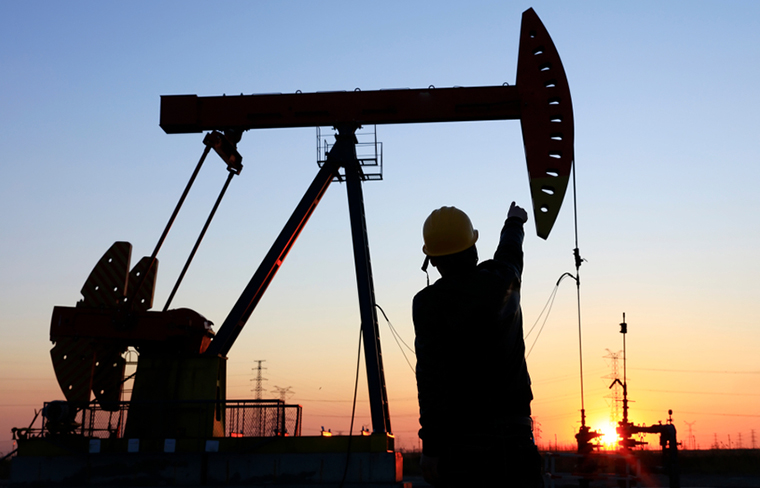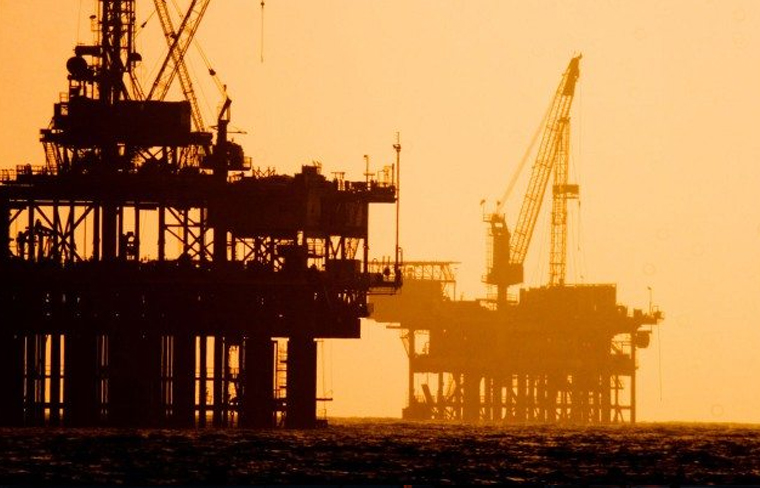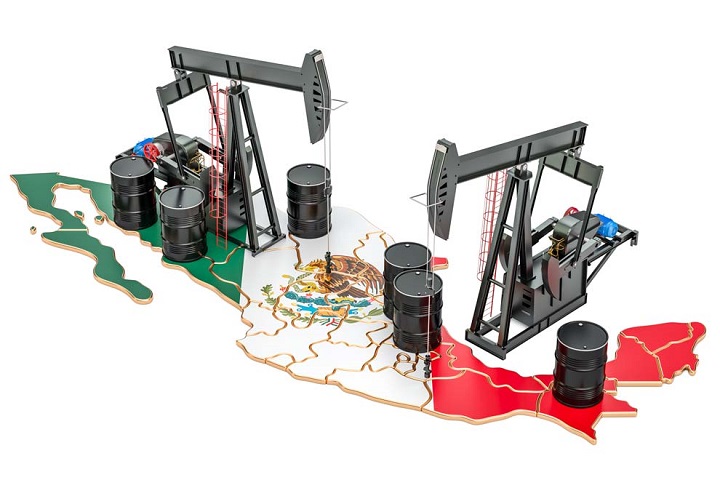Currently, the nation imports more than 70 percent of its gasoline and more than 90 percent of its natural gas
By Roberto Gutiérrez
MEXICO CITY (UNAM) – In December 2012, Mexico was extracting 2.1 million barrels of oil daily from its oil fields. By the end of 2018, this figure had dropped to 1.6 million.
At this point, the country’s daily oil production totals one million seven hundred thousand barrels, one hundred thousand more than in December 2018. Around 700 thousand go to the six refineries distributed in different points of the national territory, and the rest is exported, mainly to the United States.
What are the prospects in the short and medium-term in this predominant area of the Mexican economy?
“With a huge effort, the new government has managed to get Petróleos Mexicanos (Pemex) out of the hole it was in and stabilize its production. It has been a feat, without a doubt. Now, although this effort represents a watershed in the nation’s history, oil production is about to reach its peak,” said Fabio Erazo Barbosa Cano, a professor at the School of Engineering and a researcher at the Institute of Economic Research.
According to the specialist, in 2020, there will be a slight, moderate increase in oil production, as in 2019, and another one in 2021, but until then, because most of the oil fields in Mexico are showing signs of exhaustion.
It is worth remembering that, as a result of the high prices reached by oil at the start of the 21st century, the government of Vicente Fox Quesada obtained significant economic income that allowed it to give a strong boost to oil exploration and extraction. This made Pemex’s production reach its peak: three million 400 thousand barrels per day, of which one million 800 thousand were exported.
“However, in August 2003, this level of production began to fall sharply, as a result of various factors. The most significant was the overexploitation, a predatory exploitation, of our resources. For example, when nitrogen was injected, one of the largest oil fields on the planet, Cantarell, located in the Campeche probe, collapsed. Today it has been turned into ruins,” added the professor and researcher.

Shale Revolution
As far as the so-called Shale Revolution (oil and shale gas extraction) is concerned, it is undeniable that all over the world, it had a hard impact that, in Barbosa Cano’s opinion, was only understood here as the house fell on us.
“First, he stopped all our gas exploration. There would be about 60 platforms looking for gas in the Burgos basin, our most important gas zone, located near the U.S. border, and we had to stop them because it was cheaper to import gas than to produce it here.”
As if that were not enough, our geological endowment is composed of heavy and bitter crudes, that is, of very high density, extremely viscous and with a large amount of sulfur.
“With such characteristics, it is more difficult and expensive to bring them to the surface and move them, through the pipes, from one platform to another and then to the export terminals. This also influenced them to be expelled from the market,” explained Barbosa Cano.
Another phenomenon
Another phenomenon, which the academic and university researcher has already addressed on other occasions, occurred in Mexico during the six-year term of Enrique Peña Nieto.
Faced with the overproduction of oil, gas, and condensates that were flooding the international market, our imports of U.S. gasoline skyrocketed. Platforms like the Abkatún Alfa, in the Gulf of Mexico, and refineries like the one in Salamanca, Guanajuato, began to suffer strange incidents (explosions and shortages, among others) that forced them to remain inactive for weeks. This issue made Mexico’s oil production to fall once again, currently importing more than 70 percent of the gasoline and more than 90 percent of the natural gas we consume.

Waste
The irrational use and waste of fossil fuels (oil, natural gas, liquefied gas, and coal), induced by the monstrous growth of the world’s vehicle fleet, among other things, is leading mankind to a dead end.
On this issue, Barbosa Cano commented: “This growth is unsustainable. It must be redirected and, also, turned to see the possibilities offered by alternative energies: solar, wind, and tidal, among others. Mexico imports LP gas, which is the most expensive of all, to generate electricity in Morelos, when the whole country receives a lot of solar energy all year round.
It’s time for Mexican society to question this waste and promote the adoption of certain measures related to the efficient use and saving of energy”.
For some time now, the world oil industry has been following an original trend: building small refineries. “For example, 25 percent of recently built refineries in the United States were designed to receive only one load of less than 10,000 barrels of oil per day. Large refineries that require an abundant oil load are no longer affordable or viable. In addition, the discovery of giant oil fields is becoming increasingly rare on the planet. The Ayatsil field, discovered in the first decade of this century in the Gulf of Mexico, was thought to be giant, but its production shows that this is not the case. That is why it would be better to build small refineries in the country where there is new production,” said Fabio Barbosa Cano.
The Yucatan Times
Newsroom
With information from Gaceta UNAM



